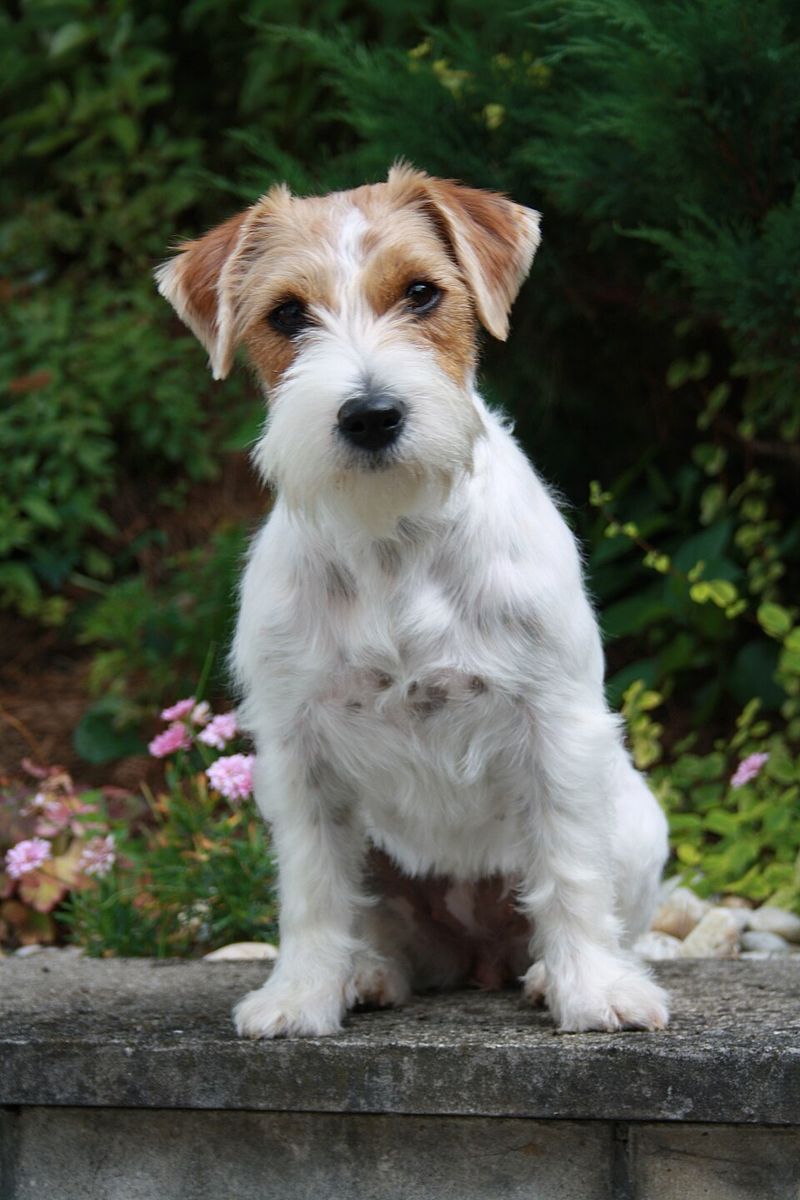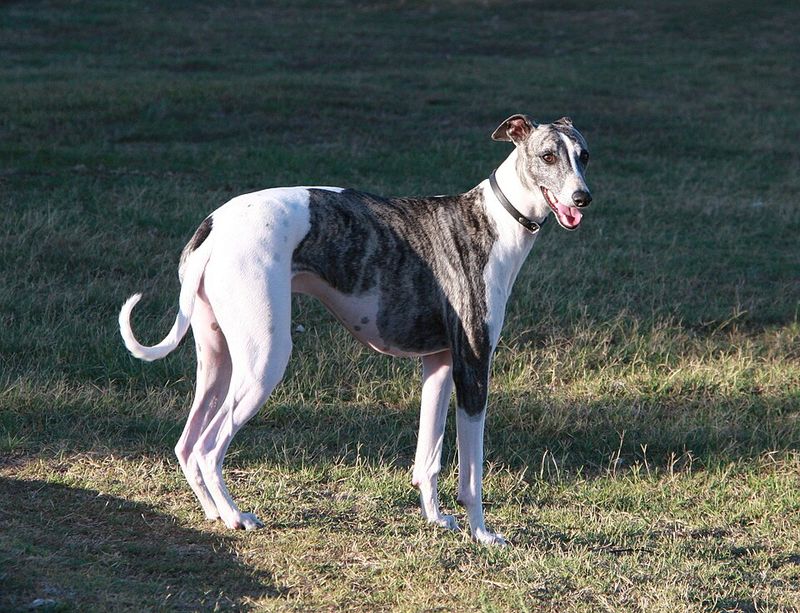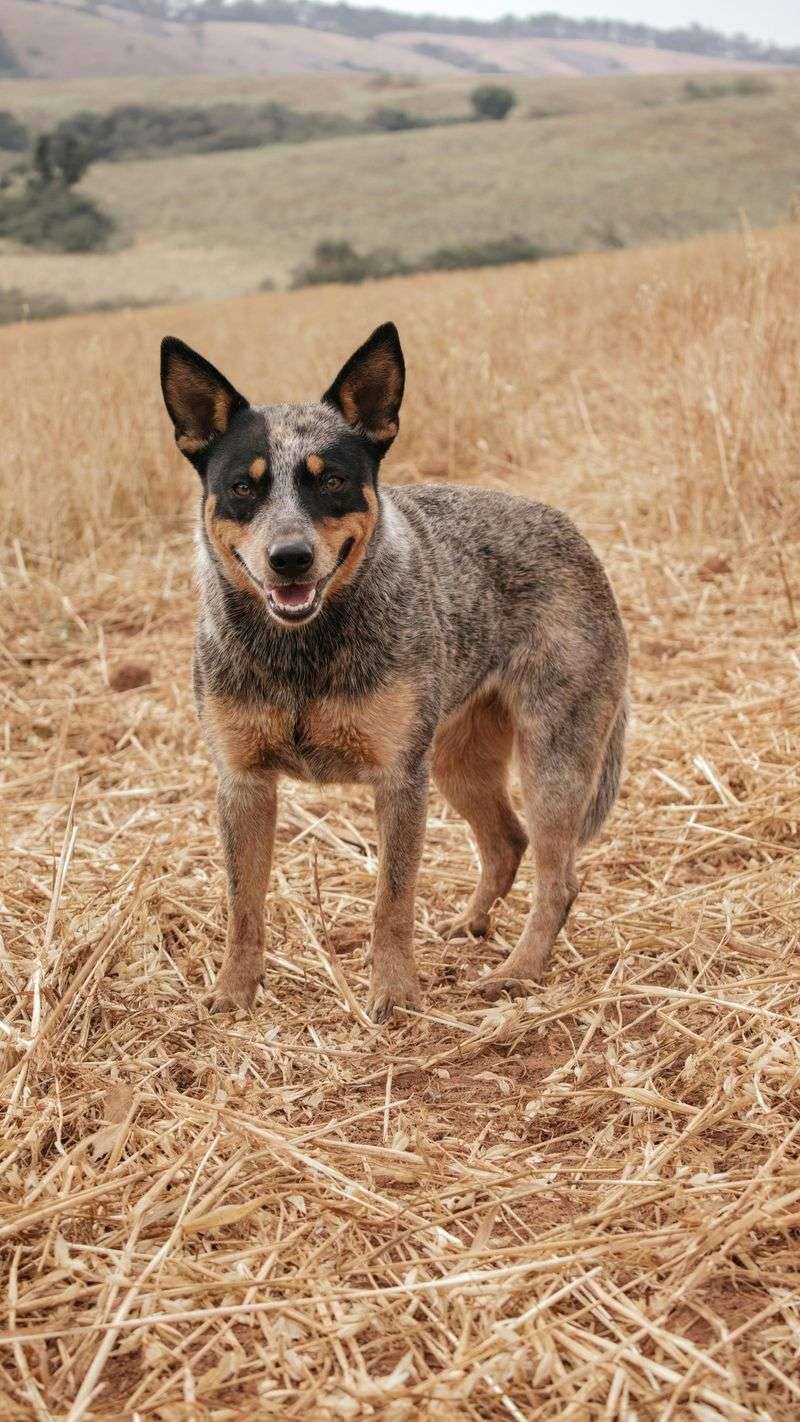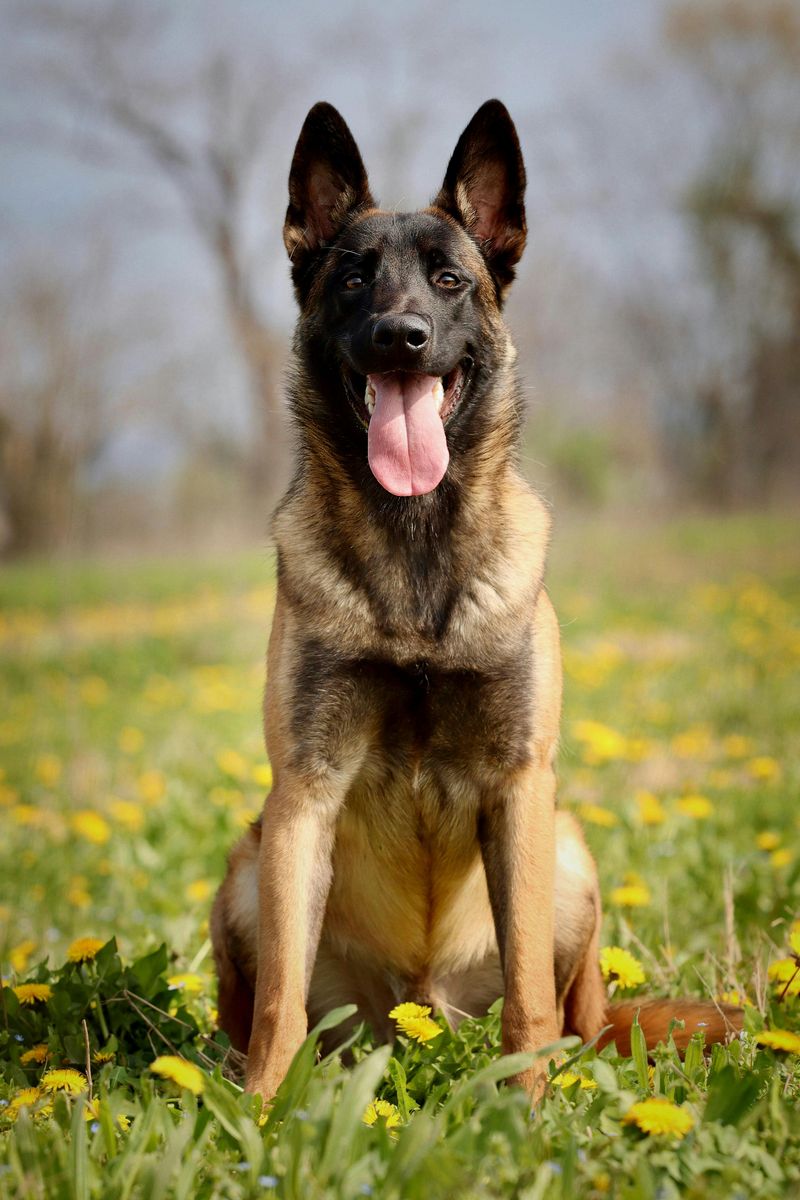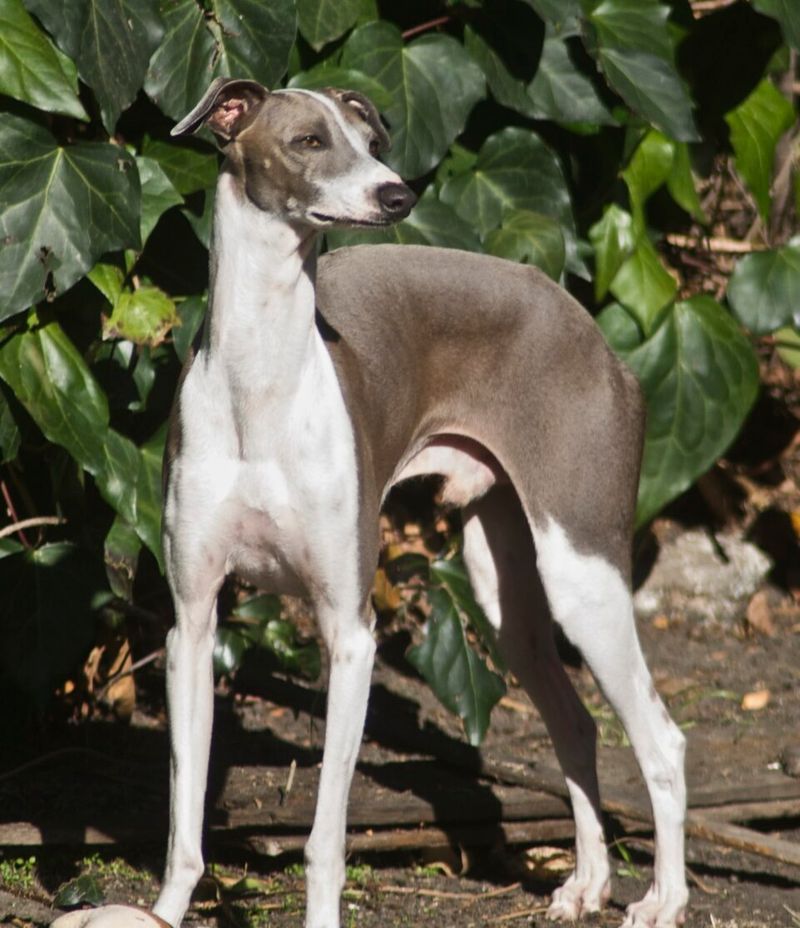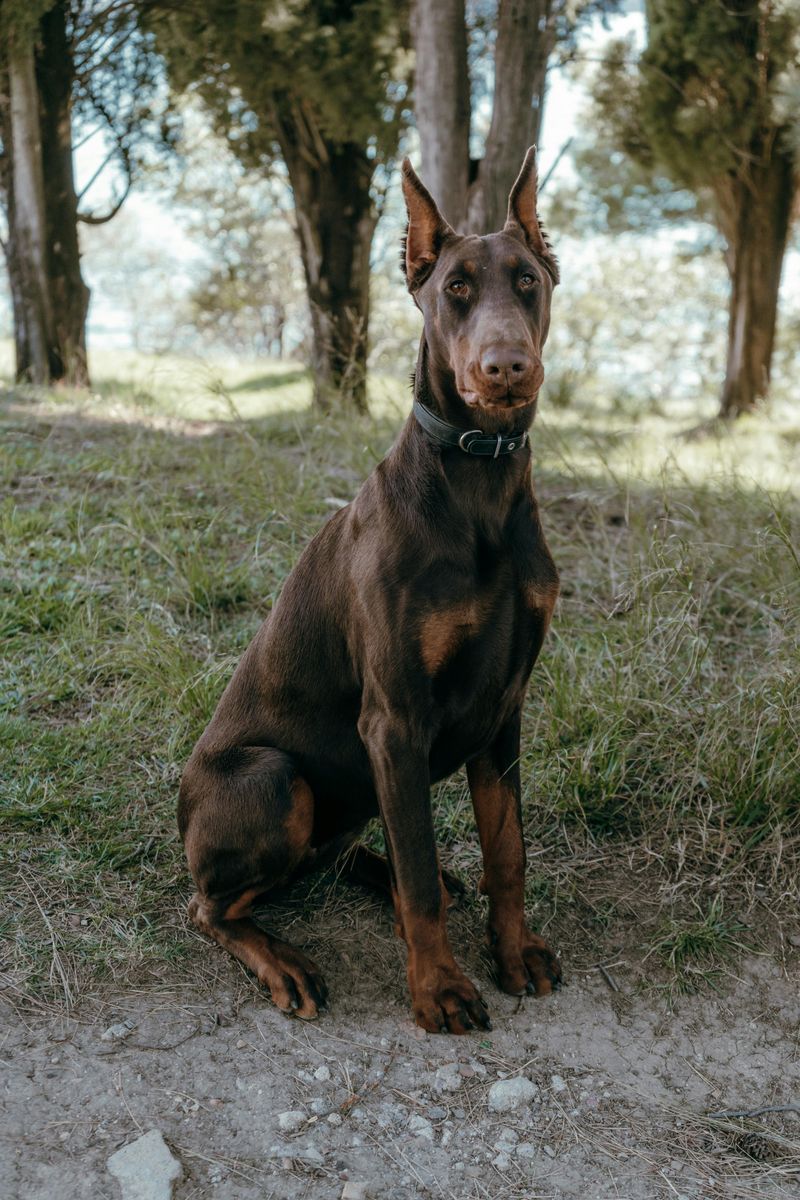Living with both dogs and cats can be magical—until instincts clash. Some dog breeds bring intense prey drive, territorial tendencies, or boundless energy that can stress even the chillest cat. Before you welcome a new canine into a feline household, it pays to know which breeds are tougher matches. Read on to avoid heartbreak and set your home up for harmony from day one.
Siberian Husky
Famed for their energy and prey drive, Siberian Huskies can be challenging housemates for cats. Bred to chase and pull sleds, many Huskies instinctively pursue fast-moving animals, including felines. Their playful exuberance may overwhelm sensitive cats, even without malice. While some Husky–cat success stories exist with early socialization and vigilant management, it’s not typical. Secure barriers, structured introductions, and constant supervision are crucial. Mental stimulation and rigorous exercise are nonnegotiable to reduce fixation. If you’re set on this breed, choose a rescue that has lived peacefully with cats. Otherwise, consider a lower-prey-drive option.
Jack Russell Terrier
Jack Russell Terriers were bred for hunting small quarry, and that instinct runs deep. Their intense prey drive, relentless curiosity, and quick reactions can make cats feel constantly pursued. Even with training, they may see sprinting felines as an invitation to chase. These dogs thrive on activity, puzzles, and jobs; without outlets, fixation escalates. Safe zones and vertical escapes for cats are essential, yet accidents can happen. Early, structured socialization helps, but results vary widely. For multi-pet peace, many owners opt for calmer terriers or companion breeds with softer instincts toward small animals.
Greyhound
Despite their gentle demeanor, Greyhounds are sighthounds built to spot and chase. Many retired racers have a pronounced response to small, fast movement, making cats risky. Some individuals test well as “cat safe,” but this status can change in a home with excitement. Calm, structured introductions with leashes and muzzles are common best practices. Provide cats with high perches and dog-free rooms. Training impulse control and using barriers are essential. While exceptions exist, a non-sighthound breed is often less stressful for felines. Always adopt through groups that thoroughly evaluate small-animal compatibility.
Alaskan Malamute
Alaskan Malamutes share the northern breed traits of stamina, independence, and prey drive. Their size and strength amplify risk when curiosity turns into chase. Even a playful pounce can traumatize or injure a cat. These dogs need extensive exercise and structured training to curb fixation. Early, deliberate socialization with stable cats helps, but success isn’t guaranteed. Strong management—gates, crates, and supervised interactions—is necessary. If you value a serene feline environment, consider a breed known for gentler small-animal tendencies. Malamutes shine in active, dog-centric homes, but mixed-species harmony is an advanced undertaking.
Australian Cattle Dog (Blue Heeler)
Australian Cattle Dogs are brilliant herders with sky-high drive and laser focus. Cats may trigger heel-nipping or control-seeking behaviors, which felines find stressful. Their mental intensity demands jobs, training, and constant engagement; otherwise, they channel energy into chasing. While some individuals coexist peacefully with confident cats, results are inconsistent. Management with barriers, decompression time, and dedicated training for impulse control are essential. Provide cats with vertical territory and escape routes. If you’re not prepared to meet working-dog needs daily, choose a softer-tempered companion breed. Herding instincts don’t vanish—they’re redirected with work.
Belgian Malinois
Belgian Malinois are elite working dogs with extraordinary drive, speed, and intensity. Without rigorous structure, they can fixate on household cats, turning curiosity into chase. Their need for training, tasks, and mental stimulation is nonnegotiable; under-stimulated Malinois often redirect energy poorly. Even well-socialized individuals may struggle with impulse control around skittish felines. Success requires expert handling, vigilant supervision, and secure management zones. Many owners find the daily workload incompatible with a peaceful cat household. Unless you have advanced experience and abundant time, consider a less driven breed to protect feline wellbeing.
Weimaraner
Weimaraners are athletic hunting dogs with a strong prey drive and intense attachment to their people. Quick movements ignite chase instincts, and their size magnifies potential harm. Even playful interactions can overwhelm cats. Consistent training, impulse-control exercises, and ample exercise help but don’t erase instincts. Provide feline-only safe rooms and vertical space. Early socialization is beneficial, yet outcomes vary widely. If harmony is your priority, seek breeds with a documented history of cat compatibility. Weimaraners thrive with active owners and structured jobs; a quiet, cat-centric home may not meet their needs.
Shiba Inu
Independent and sharp, Shiba Inus carry a notable prey drive and a penchant for self-directed choices. Many will chase small animals, and cats can trigger that instinct—especially during zoomies. Shibas are agile and persistent, making management challenging without tight routines. Early socialization helps, but training compliance can be selective. Provide clear boundaries, baby gates, and tall cat trees. Respect feline stress signals and avoid free-for-all introductions. While some Shibas coexist with confident cats, it takes patience and experience. If you prefer an easier path to interspecies peace, look elsewhere.
Fox Terrier (Smooth/Wire)
Fox Terriers were bred to flush and pursue quarry, leaving a legacy of chase instincts that challenge cat harmony. They’re energetic, clever, and quick—traits that can escalate tension with a fleeing feline. Even with consistent training, the sight of a darting cat may override cues. Management strategies include leashes indoors during introductions, strategic barriers, and dedicated enrichment. Provide cats with elevated retreats and safe rooms. Individual temperament matters, yet breed tendencies are persistent. Prospective owners should be ready for daily training and vigilance or consider a calmer breed with lower prey drive.
Basenji
Basenjis are fast, agile hounds with strong hunting heritage and keen sight. Quick feline movements can trigger pursuit, and their independence complicates recall and redirection. While not inherently aggressive, chase behavior alone is stressful and risky for cats. Basenjis also need mental stimulation to prevent mischief. Introductions require patience, leashes, and well-planned safe spaces. Tall cat trees and multiple exits reduce cornering. Some individuals coexist with confident, dog-savvy cats, but it’s not guaranteed. If you value effortless interspecies harmony, a lower-drive companion breed is often the wiser choice.
Italian Greyhound
Italian Greyhounds are tender companions, yet they retain sighthound chase tendencies. Fast-moving cats can spark pursuit, especially in younger, playful dogs. Their fragility adds another layer of concern during rough interactions. Careful introductions, leashed supervision, and calm environments help, but instincts still surface. Provide feline vertical spaces and separate feeding areas. Training focus on calm behaviors and impulse control is key. Some IGs coexist peacefully with mellow cats, but anxious or skittish felines may struggle. If your cat spooks easily, consider a breed with lower movement sensitivity.
Doberman Pinscher
Doberman Pinschers are intelligent guardians with strong drive and intensity. While loyal and trainable, they can fixate on small, fast animals, making some cats uneasy. Early socialization and impeccable obedience help, yet prey instincts vary by individual. Their size and speed raise stakes during chase. Structured introductions with barriers, strict supervision, and decompression zones are essential. Provide mental work—obedience, scent tasks, and enrichment—to prevent fixation. Peaceful coexistence is possible but not effortless. For households prioritizing feline comfort, a softer, less driven breed may reduce risk and daily management demands.


